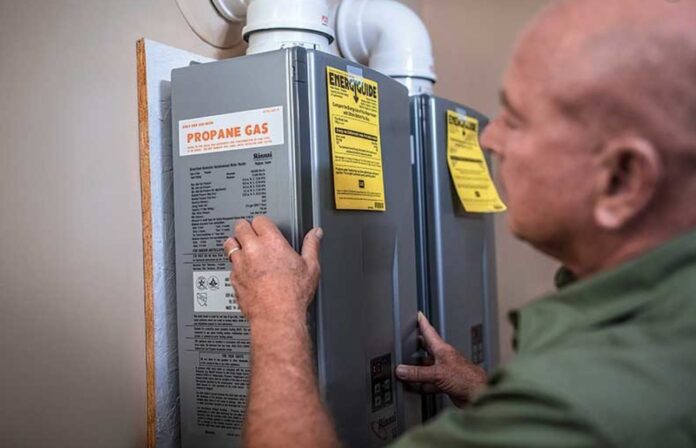Choosing a tankless water heater is one of the top decisions that’ll promote cost-effectiveness. The website showerinsider.com offers you industry-leading selections to pick from.
After choosing a model, the first consideration is the venting system. Venting is crucial to let out exhaust air and allow a fresh stream for combustion. So, what venting options can you consider for your tankless water heater?
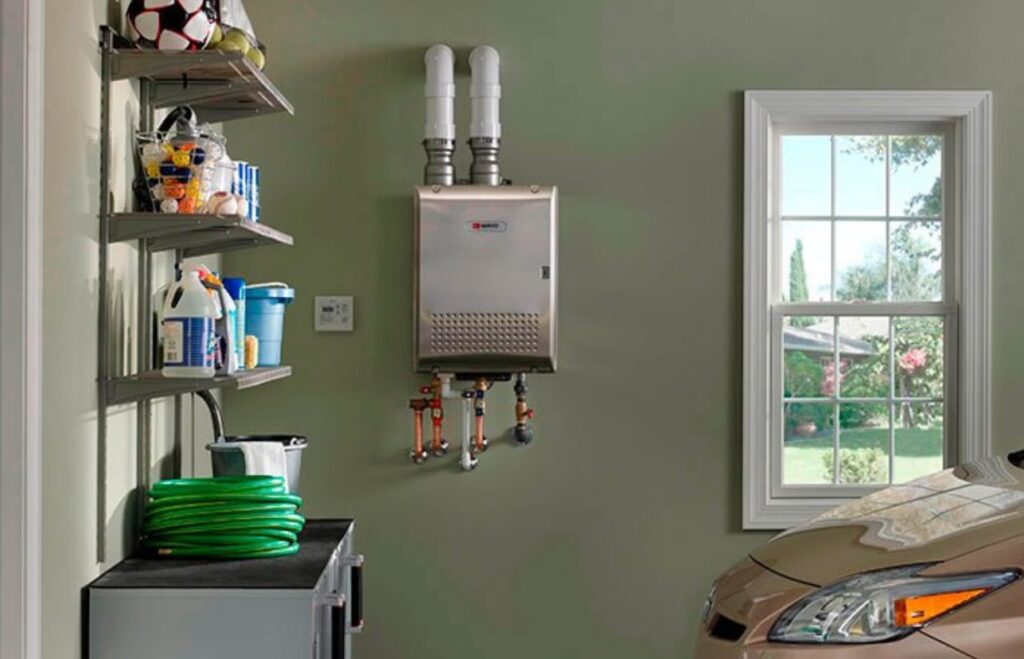
Standard Atmospheric Vent
These water heaters are the most popular residential gas models. Atmospheric heaters vent exhaust via an upward or vertically sloping metallic duct vent to exit your house. You can either dedicate this venting to your water heater or share it with other atmospheric vent devices like a furnace. Atmospheric venting functions using the mechanism of rising hot air. Your venting ought to be vertically sloping for the hot exhaust air to rise via your venting to exit the house.
Ensuring your house has an efficiently functioning vent system is crucial when installing standard atmospheric vents with water heaters. Any misalignments and blockages in your venting may result in fumes and heat getting released in the clean air. It is best to have a professional plumber installing the standard atmospheric venting system for you.
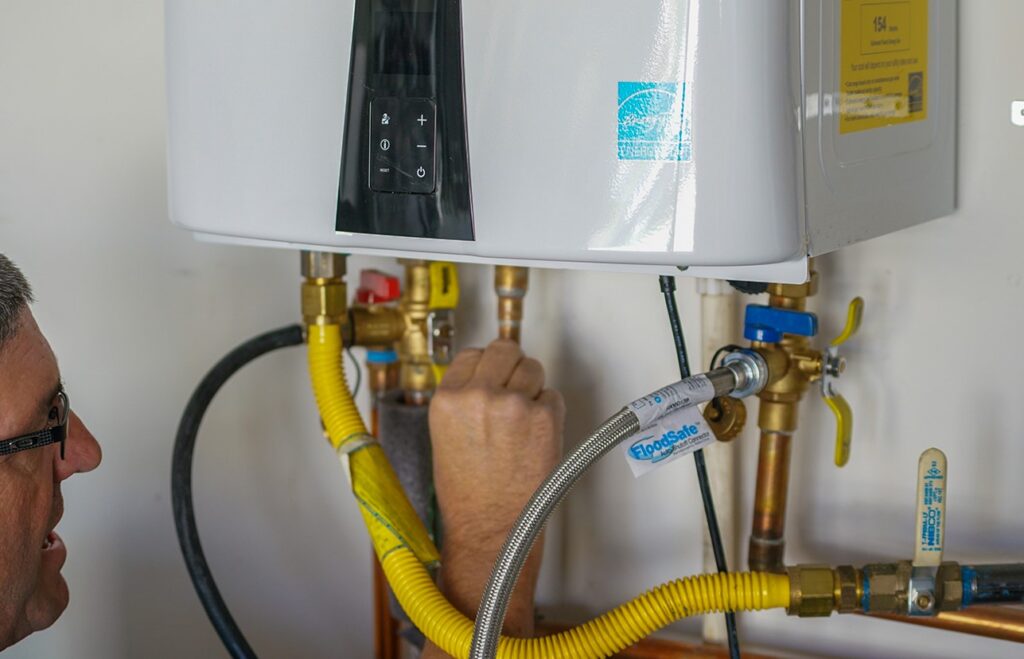
Power Vent
Some power vent water heaters have an electric fan situated on top of the water heater. These require an electric outlet to be near your water heater.
The blower fan leads the excess heat and exhaust through your venting system. These vents can function in both horizontal and vertical positions. Their long lines aid in space and size issues within your house, making power vent heaters provide more flexibility as to where you can install them.
Power vents provide enhanced efficiency, as they function by using exhaust heat to warm your water. Due to low exhaust temperatures, power vents permit the use of PVC piping systems. As a result, they are less expensive than standard atmospheric venting and are more hassle-free to assemble. Again, it’s best to have a plumber install this venting for you.
Power Direct Venting
These vents are ideal should the space you are installing a water heater lack sufficient air for combustion and needs flexibility during the installation. Before installing this kind of venting, consult a trained plumbing contractor to ensure it’s the most suitable vent type for you.
Similarly to direct venting, power vents use a blower. The fan draws into your house outside air to use for combustion and channels it straight to the water heater. The blower fan also releases the exhaust fumes to the outside of the house. This system is also compatible with PVC piping to minimize your installation costs. Also, similar to power venting, this method requires a power outlet close to your water heater.
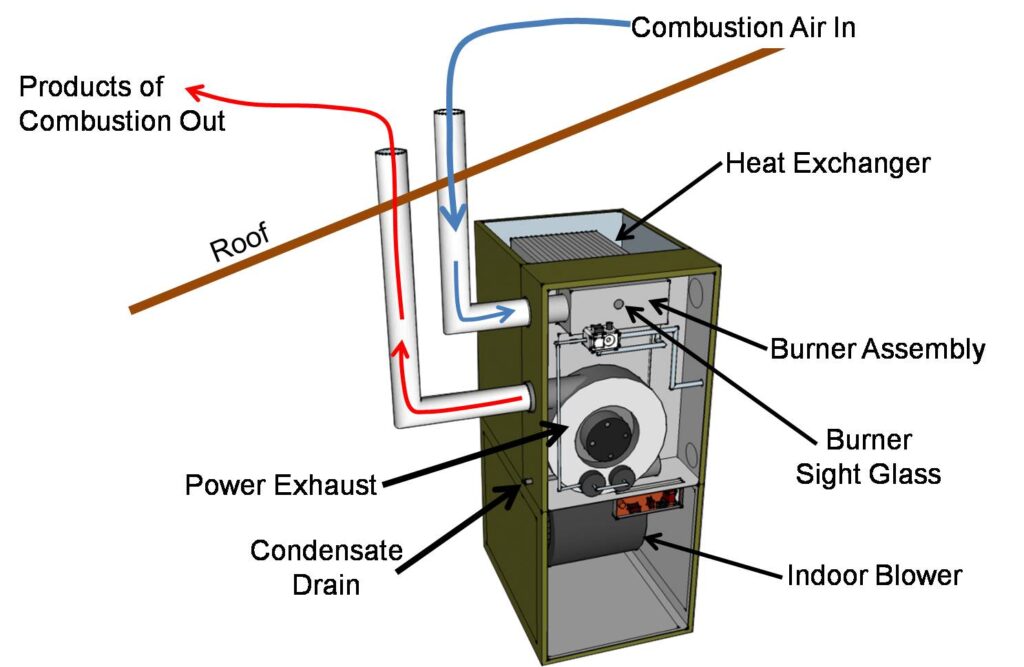
Direct Vent System
Direct vent water heaters are suitable should there be inadequate ventilation in the space you want to install your water heater. Such water heaters use air from outside the house for combustion as opposed to that within the house. They then emit the exhaust gases from the combustion to your house’s outside.
This water heater venting uses a unique coaxial mechanism that contains separate chambers for letting in air and emitting the exhaust products in a single venting piece. Direct venting connects from your water heater and runs on the side of your house.
These vents draw in and let out air from outside to counter back-drafting within the house. This lowers risk chances during the installation and use of liquid propane and gas water heaters.
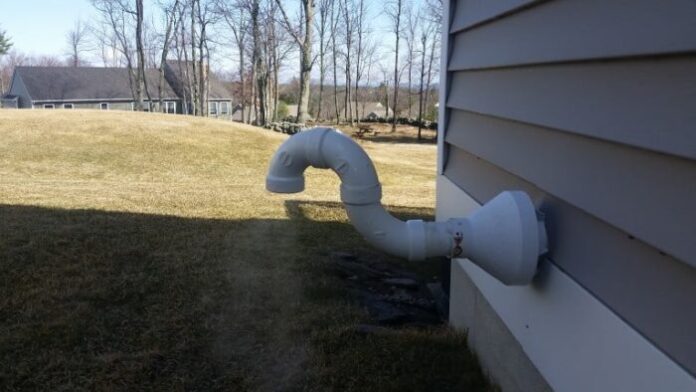
Concentric Venting
This venting, also referred to as the coaxial “pipe in pipe” system, involves the fresh and exhaust air running within the same venting system. It enhances the aesthetic appeal if installed on the roof or a single wall.
This venting method works well with numerous water heaters, including tankless heaters, direct vent, and power direct vent heaters. However, the materials for this method differs depending on the water heater kind.
Concentric venting is usable for full vent functionality, i.e., from your water heater to outside the house for specific models built for precisely this venting method. Examples include a direct vent and tankless water heaters. Concentric vent terminations are usable on power direct vent tanks or tankless water heaters to enjoy the same benefits as single wall and roof penetration with an appealing vent termination.
In this method, inlet and exhaust vent pipes run between your water heater and inner wall, and only your wall penetration and termination form the concentric piping.
Conclusion
Selecting between powered and mechanical venting options depends on your house’s layout and where you have room to install venting. Remember to look at your area’s installation restrictions and guidelines.

